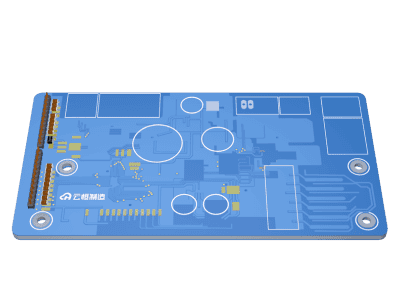Title:TheEvolutionandImpactofIndustrialElectronicMusic(工业电子音乐英文怎么说)
Origins and Early Development:
Industrial electronic music, often referred to as industrial music, emerged in the late 1970s and early 1980s. Its origins can be traced back to experimental music scenes in Europe and the United States, where artists began incorporating elements of electronic sound manipulation, noise, and avant-garde techniques into their work. This new style was characterized by a harsh, mechanical sound, often incorporating found sounds, samples, and synthesized instruments. Early pioneers such as Throbbing Gristle and Cabaret Voltaire pushed boundaries with their confrontational performances and unconventional approaches to music production.
Musical Characteristics:
Industrial electronic music is defined by its use of electronic instruments and digital technology to create complex, layered compositions. The genre is known for its heavy reliance on drum machines, sequencers, and synthesizers to produce rhythmic patterns and textured soundscapes. Artists often manipulate sounds through processes like looping, distortion, and reverse engineering, creating unique sonic experiences. Additionally, industrial music frequently incorporates elements of noise, experimentation, and atonality, challenging traditional notions of harmony and melody. These characteristics contribute to the genre's signature dark and dystopian atmosphere.
Cultural Impact:
The influence of industrial electronic music extends far beyond the realm of music. Its distinctive soundscapes have been featured in films, television shows, and video games, adding to the creation of eerie or intense atmospheres. Furthermore, the genre's subversive nature and association with countercultural movements have made it a symbol of resistance against mainstream norms. Many industrial bands use their music as a platform to address social and political issues, further cementing the genre's reputation as an outlet for expression and commentary on society's ills.
Technological Advancements:
With the evolution of technology, the production and distribution of industrial electronic music have also evolved. Advancements in digital audio workstations (DAWs) and music software have enabled artists to create more complex and nuanced compositions with greater ease. Online platforms and social media have further globalized this once underground genre, allowing it to reach a wider audience and fostering a vibrant community of creators and enthusiasts. These shifts have not only expanded musical innovation but also opened new pathways for collaboration and artistic exchange within the industrial music scene.
Subgenres and Fusions:
Over time, industrial electronic music has given rise to numerous subgenres and hybrid forms. Styles like EBM (Electronic Body Music), power electronics, and dark ambient have emerged from the broader industrial umbrella. Furthermore, industrial music has intersected with other genres like techno, metal, and punk to create fusion styles that blend different sonic aesthetics. These variations demonstrate the genre's adaptability and capacity for innovation while maintaining its core principles of experimentation and exploration.
Notable Artists and Releases:
The history of industrial electronic music is enriched by numerous influential artists and seminal releases. Bands like Skinny Puppy, Front 242, and Nine Inch Nails are iconic within the genre, releasing albums that are considered classics. These artists have not only contributed significant works but also shaped the trajectory of the genre by pushing boundaries within electronic music. Their legacies continue to inspire subsequent generations of musicians within the industrial idiom.
Community and Live Performances:
Despite being rooted in studio experimentation, industrial electronic music has developed a vibrant live performance culture. Festivals dedicated to the genre attract large crowds eager to experience the immersive, often visually stunning shows that industrial acts are known for. These events serve as hubs for the global industrial community, facilitating interactions between fans and artists. Additionally, many industrial musicians engage actively with their followers online, fostering a sense of camaraderie and shared passion for the music.
Future Prospects:
Looking ahead, the future of industrial electronic music appears promising. As technology continues to evolve rapidly, so will the tools available for artists to create and distribute their work. This progress suggests that the genre will likely see further development in sound design and production techniques. Moreover, as younger generations discover and embrace industrial music, they will bring fresh perspectives and innovative ideas that could lead the genre in exciting new directions while staying true to its core ethos of experimentation and boundary-pushing.




















